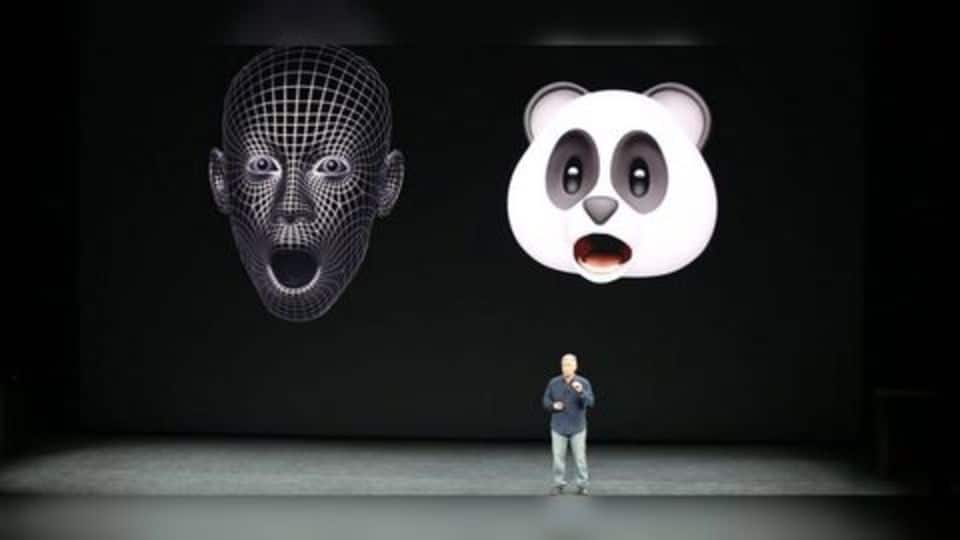
AR Emoji is not inspired by Apple's Animoji: Samsung
What's the story
Samsung's recently launched Galaxy S9 smartphone is creating a lot of buzz with its impressive features, be it the dual aperture camera or the real-time translate support. Same is the case with S9's new AR Emoji feature, that lets users project their expressions/faces onto a 3D emoji. The feature is obviously being compared to iPhone X's Animoji, however, Samsung doesn't agree.
Details
AR Emoji was an internal Samsung project for many years
Reasserting the fact that Samsung hasn't copied Apple, the company's mobile's head DJ Koh said, "Their approach and my approach is totally different. I do work seriously based off my own roadmap." He said that he had been personally exploring 3D animations since 2001 on flip phones and that the human emoji feature was an internal project Samsung was working on for many years.
Fineprint
The two companies use different technologies to make human emojis
Notably, Apple uses 3D facial recognition in Animoji, and this is why the company waited for the TrueDepth camera in iPhone X to roll out the feature. If Animoji didn't require 3D mapping to work, it would have been enabled on iPhone 7 itself. On the other hand, Samsung relies on a regular front-facing camera to detect facial expressions.
Information
Why wait for iPhone X's launch to unveil AR Emoji?
So, the question remains that why only when Apple came out with its Animoji feature first, did Samsung roll out its own similar concept. With the non-3D technology it uses to churns out AR emojis, Samsung could have tried shipping the feature before Animoji arrived.
Verdict
Seems like Samsung is fighting a lost cause
Currently, while AR Emoji is neat, it is also a bit laggy in experience, giving it an unpolished feel. The fact that Samsung neither launched it before Animoji nor waited long enough for the feature to become perfect gives rise to the speculation that AR Emoji did, in fact, come as a response to Apple only after the launch of iPhone X.